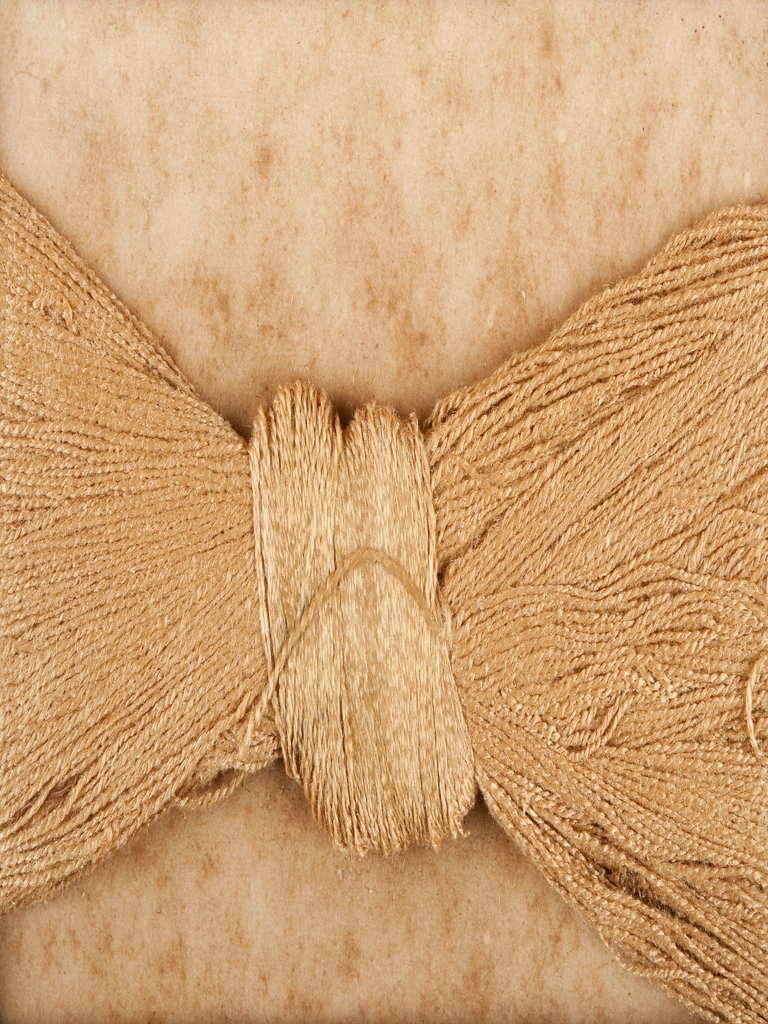
Historical evidences suggest that the dye technology originated in India. In 1875 Mr. Thomas Wardle, an English silk dyer, compiled 3000 samples of dye patterns, extracted from 64 plants, depicting Indian dying traditions, in 15 volumes captioned ‘Fabrics dyed with Indian Dyes’. Of the three sets of these volumes, the only set available with Botanical Survey of India, is being digitized to make this invaluable information on Indian herbal dyes easily accessible, and to check further deterioration of these valuable national assets.
Natural dyes find use in the colouring of textiles, drugs, cosmetics, etc. Owing to their nontoxic effects, they are also used for colouring various food products. In India, there are more than 450 plants that can yield dyes. In addition to their dye-yielding characteristics, some of these plants also possess medicinal value. Though there is a large plant resource base, little has been exploited so far. Due to lack of availability of precise technical knowledge on the extracting and dyeing technique, it has not commercially succeeded like the synthetic dyes. Although indigenous knowledge system has been practised over the years in the past, the use of natural dyes has diminished over generations due to lack of documentation.